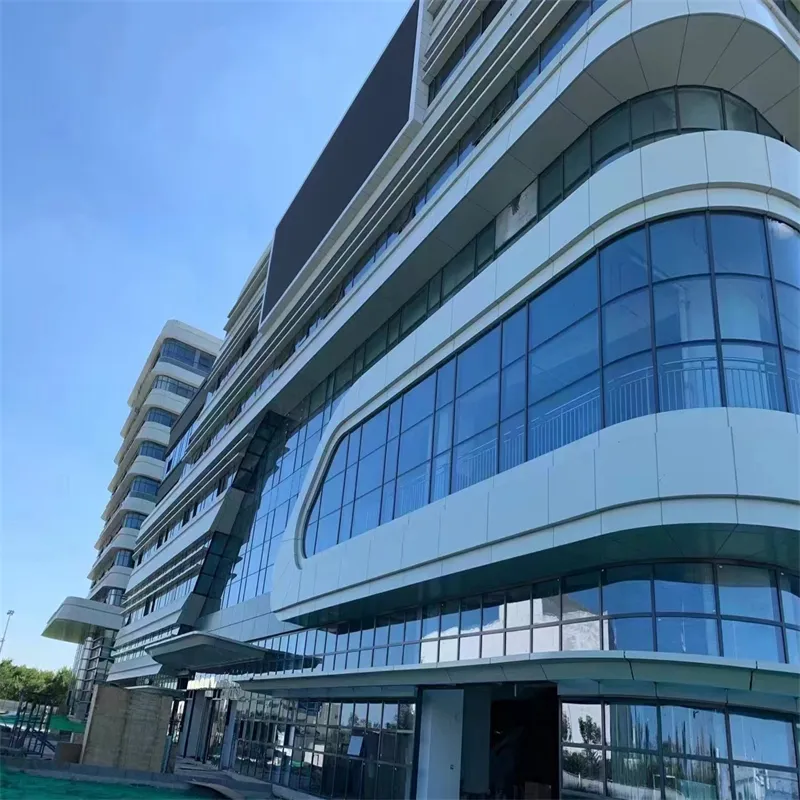Nov . 24, 2024 21:17 Back to list
Understanding the Benefits and Applications of Low Emissivity Glass in Modern Architecture
Understanding Low Emissivity Glass An Overview
Low emissivity glass, often referred to as low-E glass, has emerged as a crucial component in contemporary architecture and energy-efficient design. This innovative material features a thin metallic coating that reflects infrared energy while allowing visible light to pass through. The primary function of low-E glass is to enhance thermal performance in buildings, ultimately contributing to energy conservation and improved occupant comfort.
One of the key benefits of low emissivity glass is its ability to reduce heat transfer
. In cold climates, low-E coatings minimize the amount of heat escaping through windows, keeping indoor spaces warmer during winter months. Conversely, in hotter climates, low-E glass reflects solar heat away from the building, helping to maintain a cooler indoor environment. This dual functionality not only optimizes energy use but also reduces reliance on heating and cooling systems, translating to significant energy savings over time.Moreover, low-E glass contributes to enhanced comfort by minimizing temperature fluctuations within a space. Traditional glass can lead to cold drafts near windows during winter or excessive heat gain during summer. With low-E coatings, the temperature of the glass surface is kept closer to the interior environment, reducing discomfort for occupants and resulting in a more stable indoor climate.
low emissivity glass

In addition to energy efficiency, low-E glass also supports sustainable building practices. By decreasing energy consumption, it helps lower carbon emissions associated with heating and cooling. The LEED (Leadership in Energy and Environmental Design) certification system recognizes the use of energy-efficient materials like low-E glass, promoting environmentally conscious construction and renovation practices.
Another significant advantage of low emissivity glass is its contribution to UV protection. The coating can block up to 99% of harmful ultraviolet rays, which are known to cause fading in fabrics and artwork. This feature means that spaces fitted with low-E glass not only maintain temperature control but also protect interior valuables from sun damage.
In conclusion, low emissivity glass is an essential material for modern buildings, combining energy efficiency, comfort, sustainability, and protection from UV rays. As awareness of environmental issues grows and the demand for energy-efficient solutions increases, low-E glass will play a vital role in shaping the future of architecture and construction. Its benefits extend beyond mere aesthetics, promising a more sustainable and comfortable living environment for generations to come.
-
Safety and Style with Premium Laminated Glass Solutions
NewsJun.24,2025
-
Reinvents Security with Premium Wired Glass
NewsJun.24,2025
-
Premium Float Glass Line for Modern Architecture
NewsJun.24,2025
-
Low Emissivity Glass for Energy-Efficient Architecture
NewsJun.24,2025
-
High-Performance Insulated Glass Solutions for Modern Architecture
NewsJun.24,2025
-
Elevates Interior Style with Premium Silver Mirror
NewsJun.24,2025
Related PRODUCTS














